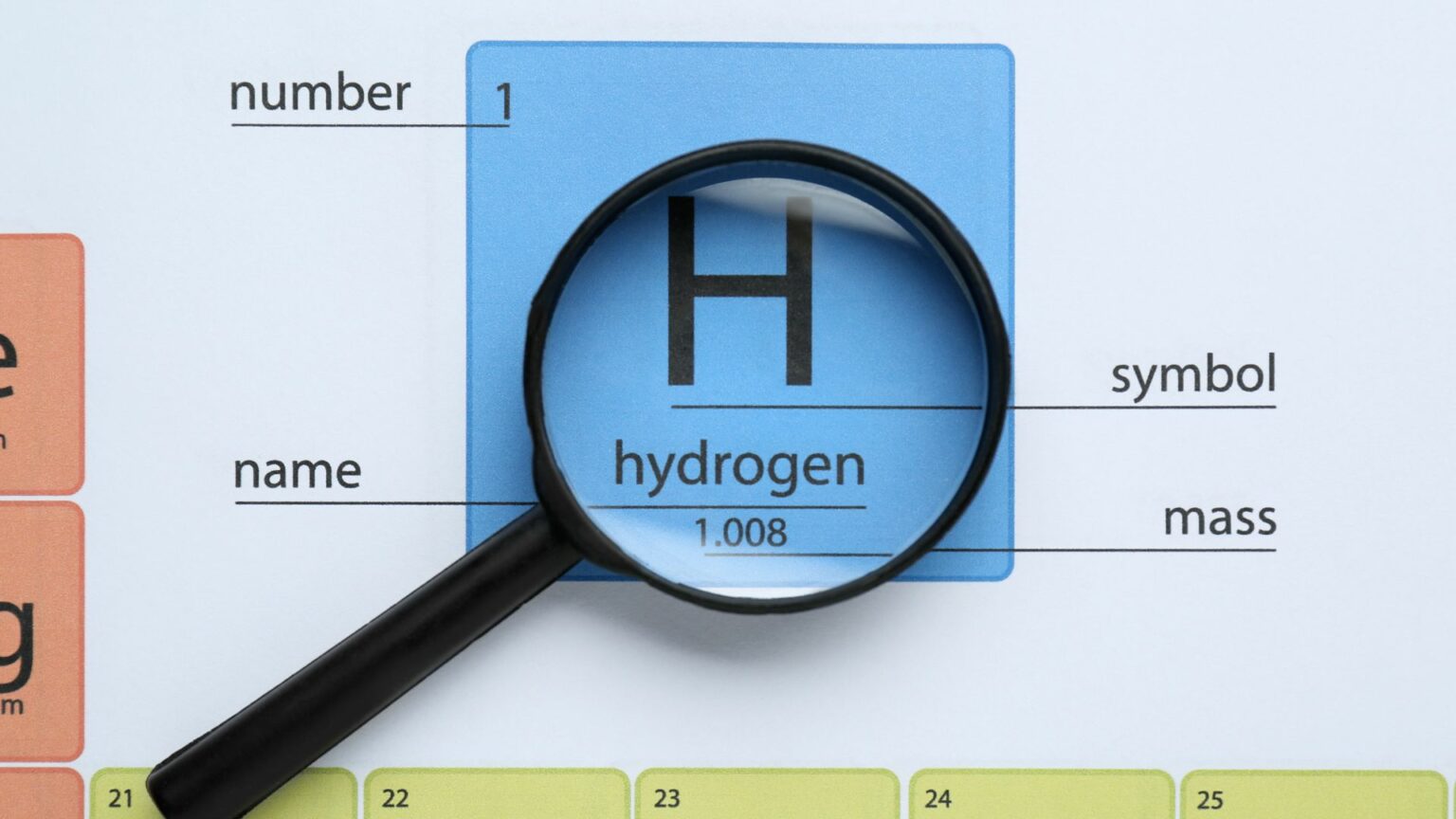Biga Hydrogen has partnered with Stargate Hydrogen to integrate the Stellar100 electrolyser stack into a new green hydrogen project in Turkey.
Announced at the World Hydrogen Summit in Rotterdam, this project aims to establish a turn-key electrolysis plant with an initial capacity of 100m3/h, scaling up to 1000Nm3/h in its second phase.
The partnership between Biga Hydrogen and Stargate Hydrogen marks a significant step in green hydrogen production. The integration of Stargate’s Stellar100 stack technology into Biga’s project in Manisa, Turkey, is expected to commence operations in Q3 2025. The first phase aims for a 100m3/h capacity, while the second phase will scale up to 1000Nm3/h using Stargate’s Generation 2 stacks.
The use of Stargate’s electrolyser stack technology, which achieved 80% efficiency in April 2024, is a notable advancement. This efficiency is on par with current industry standards for alkaline electrolysers, which typically range between 70-80%. However, the real challenge lies in maintaining this efficiency at scale and ensuring the financial viability of the project.
Stargate Hydrogen claims the project will demonstrate the financial viability of industrial decarbonization. The plant aims to integrate hydrogen into various industrial applications, including heating, waste recovery, back-up power generation, and the synthesis of ammonia and methanol. These applications are critical for reducing carbon emissions in industrial zones.
However, the economic landscape for green hydrogen remains uncertain. The high initial costs of electrolyser technology and the current lack of robust demand for green hydrogen are significant barriers. While the €42 million raised in Stargate’s seed funding round is a substantial financial boost, the long-term economic sustainability of the project will depend on continued technological advancements and market acceptance.
The rapid deployment plan from 2026 onwards is ambitious. Scaling up from 100m3/h to 1000Nm3/h within a short period presents several technical and logistical challenges. Ensuring a reliable supply of renewable energy to power the electrolysers, managing the increased production capacity, and integrating the hydrogen into existing industrial processes will require meticulous planning and execution.
Moreover, the project’s location in Manisa’s industrial zone offers both opportunities and challenges. The proximity to industrial users can facilitate hydrogen integration, but it also requires robust infrastructure to handle and transport hydrogen safely and efficiently. The scalability of Stargate’s Generation 2 stacks, while promising, remains to be proven in a real-world, large-scale environment.
From an environmental perspective, the project aligns well with global decarbonization goals. Hydrogen produced through electrolysis using renewable energy sources can significantly reduce greenhouse gas emissions compared to traditional fossil fuels. The project’s focus on various industrial applications could showcase hydrogen’s versatility and potential in hard-to-abate sectors.
Socially, the project could create local employment opportunities and contribute to the regional economy. However, community engagement and addressing potential concerns related to safety and environmental impact will be crucial for gaining public support.





